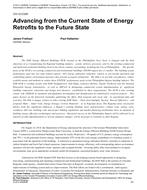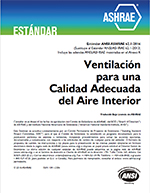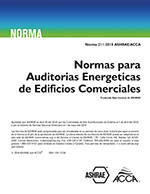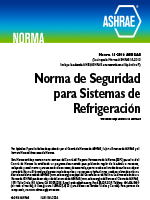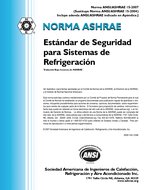Description
The DOE Energy Efficient Buildings HUB, located at the Philadelphia Navy Yard, is charged with the dual objectives of a.) transforming the Regional building industry, system delivery processes, and b.) the existing commercial and multi-unit residential building stock in the eleven counties surrounding, including the City of Philadelphia . The specific focus of the HUB is on existing commercial and institutional buildings 100,000 square feet or smaller. The building system performance goal has two inter-related aspects: 50% energy utilization reduction, relative to pre-retrofit operation and establishing indoor environment measures that provide occupant satisfaction. The Hub is to provide cost-effective, robust, scalable means and methods to realize these SYSTEM performance goals in the Philadelphia Region building industry. The EEB HUB is working closely with DOE Headquarters, Oak Ridge, Laurence Berkley, Pacific Northwest and the National Renewable Energy Laboratories as well as ARPA-E in delineating commercial system implementation of significant building component, subsystem and design tool advances established by these organizations. The HUB is also working closely with ASHRAE in standards and guidelines development and identification of collaborative research projects . This paper focuses on the historical rationales underlying the effort, Hub program task areas and , its operational plan and activities. The Hub is unique, relative to other existing DOE Hubs – Fuels from Sunlight, Nuclear Reactor Efficiency – and proposed Hubs – Smart Grid, Energy Storage, Critical Materials – in its Regional focus. The Regional focus necessarily follows from the significant influences a Region’s existing building stock characteristics, climate zone, energy costs, workforce skill sets, building code and project bidding regulations and market financing mechanisms have on adoption ofbuilding energy efficiency technologies and practices. Measured success in the Philadelphia Region will be followed by an analysis of what implementation or activity emphasis changes will be necessary to translate to other Regions.
Citation: ASHRAE Conference Papers, Chicago IL
Product Details
- Published:
- 2012
- Number of Pages:
- 8
- File Size:
- 1 file , 3.1 MB
- Product Code(s):
- D-CH-12-C045
